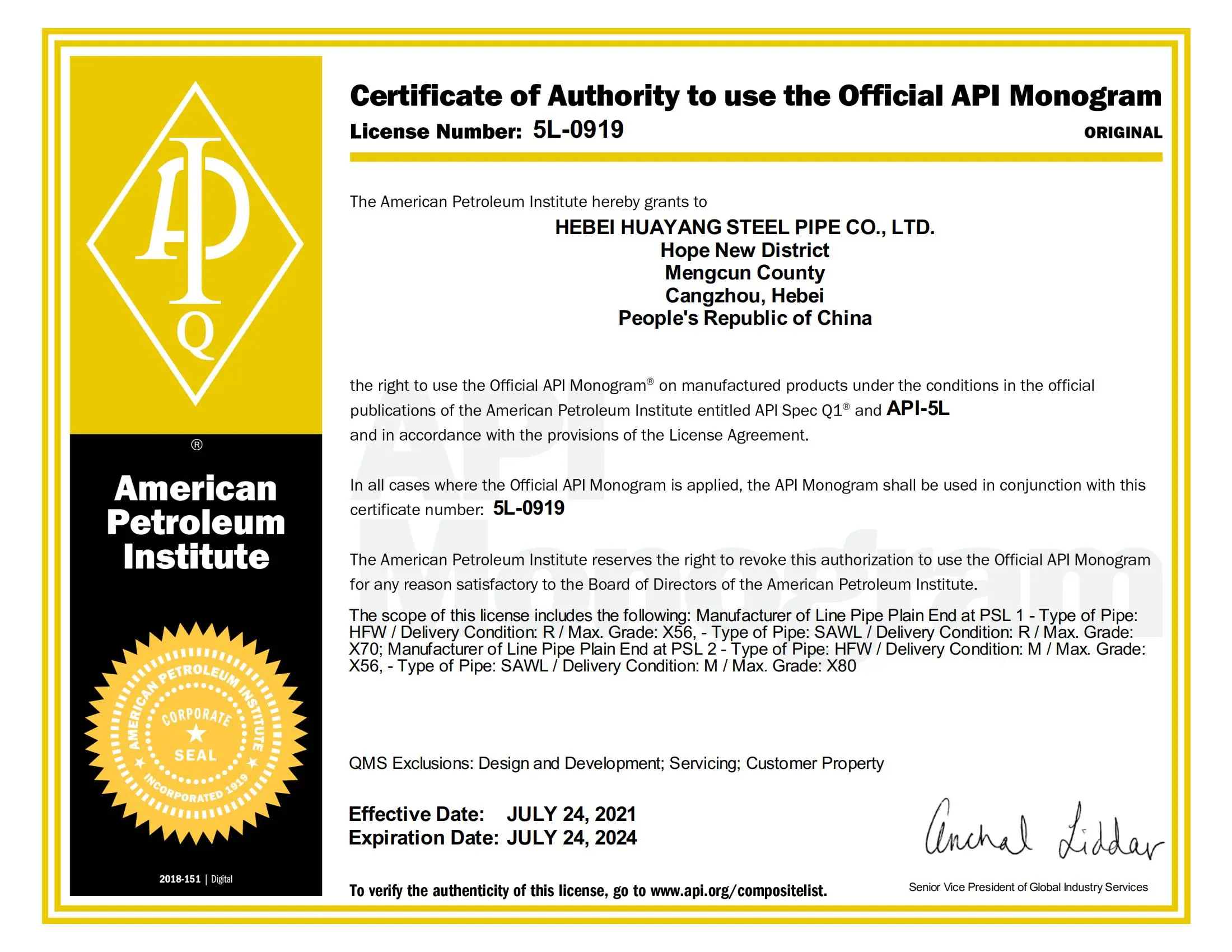
Dec . 04, 2024 08:17 Back to list
hpmc ingredient
The Role of HPMC in Pharmaceutical Formulations An Overview
Hydroxypropyl Methylcellulose (HPMC) is a versatile and widely used excipient in pharmaceutical formulations. As a cellulose derivative, HPMC offers unique properties that make it an essential ingredient in the production of various dosage forms, including tablets, capsules, and topical preparations. This article aims to explore the significance of HPMC as an ingredient in the pharmaceutical industry, focusing on its characteristics, applications, and advantages.
Chemical Structure and Properties
HPMC is synthesized from naturally occurring cellulose by substituting the hydroxyl groups with hydroxypropyl and methoxy groups. This modification enhances its solubility in both water and organic solvents, making HPMC an amphiphilic polymer. The degree of substitution and molecular weight of HPMC can vary, which allows formulators to tailor its properties for specific applications.
One of the primary characteristics of HPMC is its ability to form gels and modify the viscosity of solutions. This gelling property is crucial in the creation of controlled-release formulations, where the rate of drug release needs to be regulated. Additionally, HPMC displays excellent film-forming capabilities, making it ideal for coating tablets and controlling their release profiles. Its bioadhesive nature also promotes prolonged drug retention at the site of action, further enhancing therapeutic efficacy.
Applications in Pharmaceutical Formulations
HPMC plays a vital role in various pharmaceutical formulations. In tablet manufacturing, it serves as a binder and disintegrating agent. When used as a binder, HPMC enhances the cohesiveness of powder mixtures, ensuring robust tablet formation. As a disintegrant, it facilitates the breakdown of tablets in the gastrointestinal tract, promoting the rapid release of the active pharmaceutical ingredient (API).
In controlled-release formulations, HPMC's gel-forming ability is exploited to develop matrix systems that regulate the release of drugs over extended periods. By adjusting the concentration and molecular weight of HPMC, formulators can achieve different release profiles, making it suitable for zero-order or first-order kinetics based on the therapeutic requirements.
hpmc ingredient

HPMC is also utilized in the development of topical formulations, such as creams and gels. Its ability to form a coherent film on the skin enhances the stability and efficacy of topical products. Furthermore, HPMC's water-retaining properties contribute to the moisturizing effect of lotions and creams, improving patient compliance.
In the field of ophthalmic preparations, HPMC is used as a viscosity agent in eye drops and gels. Its ability to maintain moisture and reduce irritation makes it an ideal ingredient in formulations designed to treat dry eyes or provide lubrication during surgical procedures.
Advantages of HPMC in Formulations
The widespread use of HPMC in the pharmaceutical industry can be attributed to several key advantages. First and foremost, HPMC is considered a safe and non-toxic excipient, making it suitable for use in a variety of formulations, including those for pediatrics and geriatrics. It is also generally recognized as safe (GRAS) by regulatory agencies, further validating its application in drug development.
Moreover, HPMC is compatible with a wide range of APIs and other excipients, which facilitates its incorporation into various formulations without compromising stability or efficacy. Its availability in different grades allows formulators to select the appropriate type based on their specific needs, whether it be for immediate release or extended-release applications.
HPMC also exhibits low molecular weight variations, which gives formulators the flexibility to optimize the viscosity and flow properties of their formulations. This is particularly beneficial in ensuring uniformity during the manufacturing process and enhances reproducibility in clinical outcomes.
Conclusion
In conclusion, Hydroxypropyl Methylcellulose (HPMC) is an indispensable ingredient in modern pharmaceutical formulations. Its unique chemical properties enable it to serve multiple roles, from binding and disintegration to controlled release and bioadhesion. With its safety profile and versatility, HPMC continues to be a valuable excipient that enhances the effectiveness and acceptability of pharmaceutical products. As research progresses and new formulations are developed, the significance of HPMC in drug delivery systems is likely to expand, offering innovative solutions for a range of therapeutic challenges.
-
Versatile Hpmc Uses in Different Industries
NewsJun.19,2025
-
Redispersible Powder's Role in Enhancing Durability of Construction Products
NewsJun.19,2025
-
Hydroxyethyl Cellulose Applications Driving Green Industrial Processes
NewsJun.19,2025
-
Exploring Different Redispersible Polymer Powder
NewsJun.19,2025
-
Choosing the Right Mortar Bonding Agent
NewsJun.19,2025
-
Applications and Significance of China Hpmc in Modern Industries
NewsJun.19,2025







